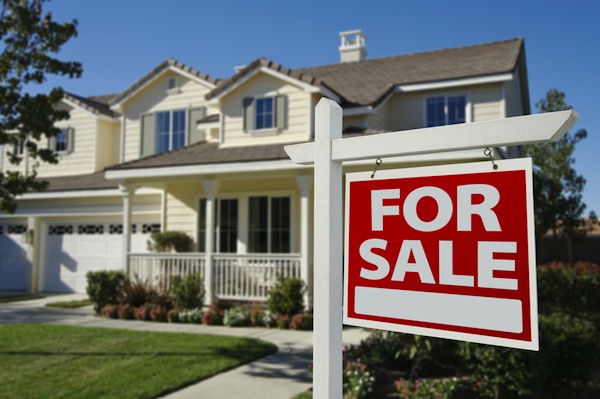Home Prices Gain Significantly In 2012


Home owners are finally seeing the light at the end of the tunnel in terms of depressed home values, and those who were hoping to purchase a house on the cheap may have missed the proverbial boat, according to a Feb. 25 report.
Not only did US home prices rise in December, but 2012 saw the biggest yearly gain in more than six years. The S&P/Case Shiller composite index of 20 metropolitan areas exceeded December expectations of .5 percent to close out the month at a seasonally-adjusted .9-percent increase. Even on a non-adjusted basis, prices were still up by .2 percent.
“Home prices ended 2012 with solid gains,” David Blitzer, chairman of the index committee at S&P Dow Jones Indices, said in a statement. “Housing and residential construction (led) the economy in the 2012 fourth quarter.”
Fourth-quarter prices were up by 2 percent on a seasonally-adjusted basis. More impressive, year-over-year, the 20 city average saw prices jump a full 6.8 percent—exceeding expectations of 6.6 percent—the best yearly gain since pre-recession prices in July 2006.
“The overall picture is very, very strong. All across the country things look good and only one city out of 20 was down on a year-to-year basis,” Blitzer said on CNBC’s “Squawk on the Street.” “If you look at a year-over-year basis, we are continuing to see gains and build momentum. The rest of the housing numbers all reflect the fact that the entire housing spectrum has turned around.“
The rise in the housing market has been spurred by an improving jobs market and record-low interest rates, as well as a drop in foreclosures, which reached a five-year low, reducing the supply of distressed homes. Prices have been boosted by fewer homes on the market. According to the National Association of Realtors, the January supply of homes for sale fell to 4.2 months—an almost 8-year low—which means if no additional homes go to market, every home would be sold within 4.2 months.
Home prices are now back to their early-2003 levels—before the housing bubble inflated them. Yet even with their recent gains, the index is still 28.6 percent lower than in early 2006—before the bubble burst. NAR says much of the United States is now a seller’s market, as tighter inventories are sparking bidding wars and multiple offers in several markets, especially in the West.
Phoenix is the strongest market, with prices up 23 percent year-over-year. It’s followed by San Francisco which up is 14.4 percent and Detroit up 13.6 percent, according to S&P. Atlanta—up 9.9 percent—and Detroit—13.6 percent—posted their biggest year-over-year increases since 1991. New York, down .5 percent, was the only region to decline on a yearly basis.
“Home price gains are becoming more widespread across cities, and some of the largest rebounds have been in areas that were most heavily affected during the initial housing slump,” said Cooper Howes, an economist with Barclays Capital. “We expect this trend to persist into next year as part of a broad-based housing recovery that includes starts, sales and prices.“
[Image via Shutterstock]









































